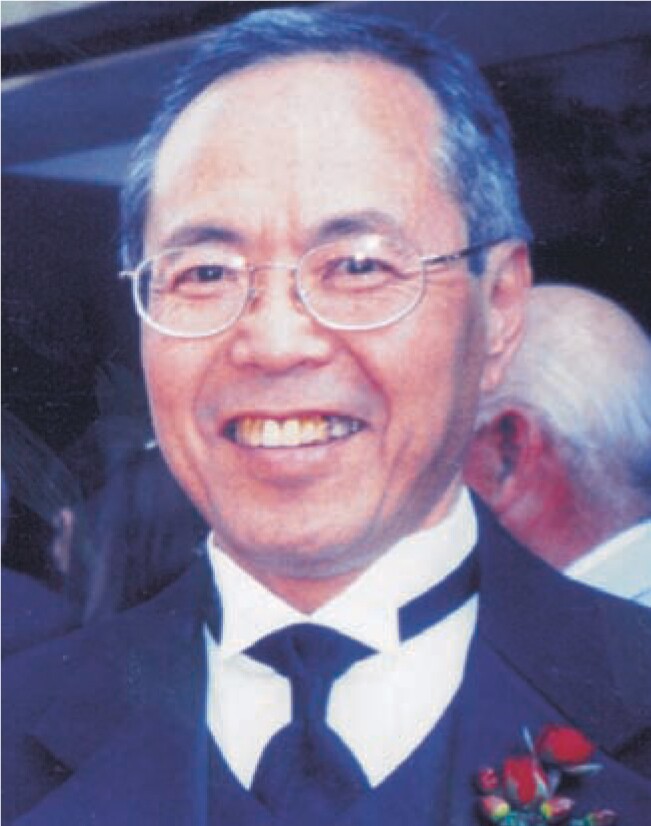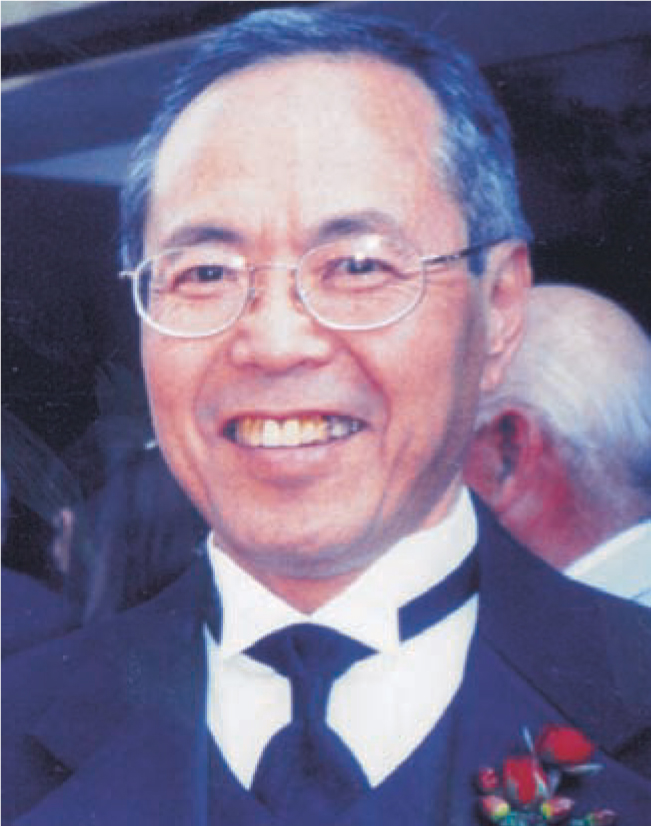Hideo Kubo
DOI: 10.1063/1.1809102
Hideo Kubo, a leading researcher and clinical practitioner in radiation therapy physics, died suddenly on 3 October 2003 in San Francisco of complications following heart transplant surgery. He was a man who thrived on all aspects of his profession, and despite the cardiomyopathy that drained his stamina, he maintained a rigorous pace at work up until the day before his surgery.
Dale, as he was commonly known, was born on 3 April 1943 in Yokosuka, a Japanese fishing town at the mouth of Tokyo Bay. He received his bachelor’s degree from the Tokyo Institute of Technology in 1966. He then traveled to North America to complete his master’s degree at McMaster University in Hamilton, Ontario (1968) and his doctorate in atomic and nuclear physics at the University of Rochester in New York (1973). After returning to Japan for three years to teach at the Kitasato Medical School in Sagamihara, Dale moved back to the US permanently and completed his medical physics postdoctoral training at the Memorial Sloan-Kettering Cancer Center in New York.
Following that training, he joined the department of radiation medicine at Massachusetts General Hospital in Boston, where he began working in radiation dosimetry, an interest that he pursued throughout his career. He became a recognized expert in several areas of dosimetry, including calori-metry-absorbed dose standards for high-energy electron and photon beams and air-kerma standards for photon brachytherapy. One of Dale’s early influential papers demonstrated experimentally that then current exposure standards for iodine-125 seeds were contaminated by low-energy characteristic x-rays. That finding, along with theoretical calculations by one of us (Williamson), paved the way for the new wide-angle free-air chamber (WAFAC) standard implemented at NIST in 1999. Due in large part to Dale’s work, 50 000 prostate patients treated annually with brachytherapy benefit from elimination of a 10% uncertainty in dose specification.
In the mid- to late 1980s, during his tenure first at Albany Medical College in Albany, New York, and then at the University of Rochester, Dale developed a Wheatstone bridge–based calorimeter for absolute dosimetry. That device used pulsed excitation instead of the conventional DC excitation to increase sensitivity and limit the self-heating to an acceptable level. In recognition of his contributions to the field, Dale was selected as a member of two American Association of Physicists in Medicine task groups on dosimetry and, from 1995 to 1998, chaired the AAPM ad hoc committee that oversaw the clinical transition to the new WAFAC standard of air-kerma strength for 125I brachytherapy.
In 1991, Dale became the first chief of physics and professor of radiation oncology at the brand-new department of radiation oncology at the University of California, Davis; he held that position until his death. He was a driving force behind the development of the department, and his contributions helped the UC Davis Cancer Center win “clinical cancer center” designation by the National Institutes of Health.
While at UCD, Dale established himself as a leader in the emergent technology of breathing-synchronized radiotherapy, which seeks to reduce the irradiation of excessive volumes of normal lung or geometric miss of the tumor resulting from respiration-induced organ and tumor motion (as large as 2 centimeters) during external-beam radiotherapy. By analyzing tissue motion on pretreatment cine fluoroscopic images synchronized to the patient’s breathing cycle, Dale was able to determine the breathing cycle phase in which the organ motion is minimized. Through monitoring of the patient’s breathing cycle during treatment, he succeeded in gating the linear accelerator output to produce radiation only during the designated breathing cycle. Although the concept of gating had been developed in Japan for ion-beam radiotherapy in the late 1980s, Dale, in 1996, was the first to implement gating for photon-beam radiotherapy and the first ever to do so in the West. Ultimately, this work led to a commercial gating system that is now used around the world to improve lung cancer radiotherapy. The method can also be applied to a CT scanner to produce a set of gated CT images.
Dale’s interests went beyond his research to supporting and training young physicists as well as medical students, residents, and fellows. He was instrumental in establishing UCD’s radiation oncology physician residency program, which received accreditation in 2004, and, before his death, had been working on establishing a matching medical physics residency. He worked hard to foster ties with the Japanese medical physics community; he formed collaborations with Japanese colleagues and visited Japan often to share his expertise. He created a visiting scholar program at UCD for members of the Japanese Society of Radiological Technology, but unfortunately died shortly before the first visitor was scheduled to arrive.
An active and respected clinical physicist, Dale was deeply involved in both AAPM and the American Society for Therapeutic Radiology and Oncology. He served on AAPM’s radiation therapy committee and, from 1988 to 1991 was on the society’s board of directors.
Although Dale spent much of his time and energy on medical physics, he had a variety of other interests. Foremost, he was devoted to his family. He also was an avid traveler, a nature enthusiast, a patron of music, and an insatiable learner. He is missed by all whose lives he touched.

Hideo Kubo

More about the Authors
Robin L. Stern. 1 University of California, Davis, Health System, Sacramento, US .
Jeffrey Williamson. 2 Virginia Commonwealth University, Richmond, Virginia, US .
